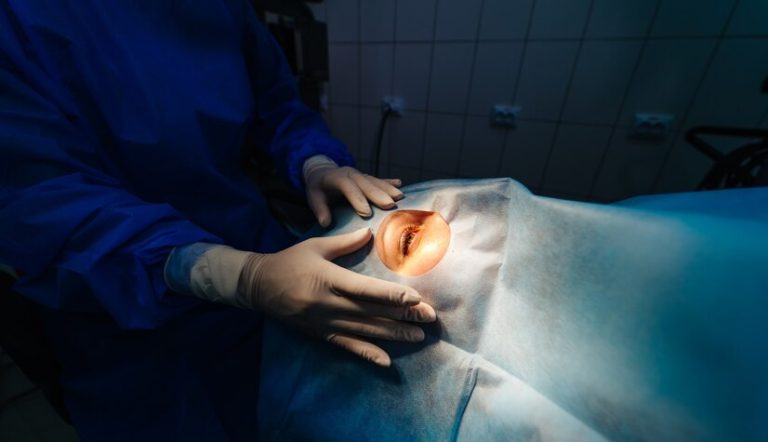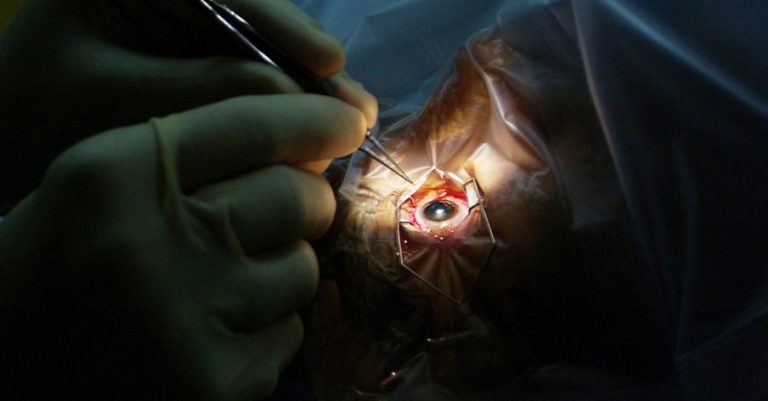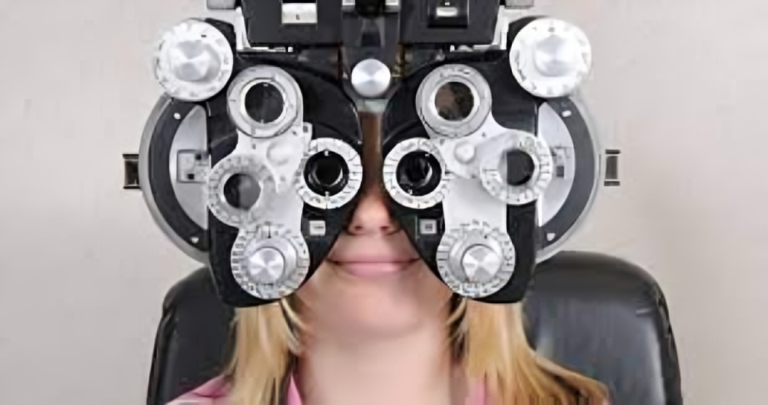Previous Eye Surgery? Here’s How To Repair Any Complications
Eye surgery has become increasingly common in recent years, with procedures ranging from cataract surgery to refractive surgeries like LASIK. While these surgeries often have high success rates, complications can sometimes occur. When complications arise from previous eye surgery, it’s essential to address them promptly and effectively. In this article, we’ll explore common complications of previous eye surgery and discuss how to repair them.
Understanding Complications of Previous Eye Surgery
Complications from eye surgery can vary depending on the type of procedure performed and individual factors. Some common complications include:
- Corneal irregularities: Irregularities in the shape or surface of the cornea can lead to blurry vision, halos, or glare.
- Dry eye syndrome: Reduced tear production or poor tear quality can result in dry, irritated eyes following surgery.
- Infection: Infections can occur post-operatively, leading to redness, pain, and vision changes.
- Glaucoma: Increased pressure within the eye can develop as a complication of certain eye surgeries, affecting vision if left untreated.
- Retinal detachment: In some cases, the retina may become detached from the back of the eye, requiring immediate surgical intervention to prevent vision loss.
Repairing Complications from Previous Eye Surgery
Repairing complications from previous eye surgery often involves a combination of medical management, minimally invasive procedures, or additional surgical interventions. Here are some common approaches:
- Topical Medications: Depending on the nature of the complication, eye drops or ointments may be prescribed to alleviate symptoms such as dryness, inflammation, or infection.
- Laser Refinement: In cases where vision correction procedures like LASIK result in suboptimal outcomes, enhancements with laser vision correction may be performed to fine-tune vision and address residual refractive errors.
- Corneal Cross-Linking: For patients experiencing corneal irregularities or progressive thinning of the cornea (ectasia) following refractive surgery, corneal cross-linking may be recommended to strengthen the corneal tissue and prevent further deterioration.
- Intacs Insertion: Intacs are small, clear plastic rings inserted into the cornea to reshape it and improve vision in patients with keratoconus or corneal irregularities after refractive surgery.
- Corneal Transplantation: In severe cases of corneal scarring, thinning, or irregularity, a corneal transplant procedure may be necessary to replace damaged tissue with healthy donor tissue, restoring vision and corneal integrity.
- Filtering Surgery for Glaucoma: If elevated intraocular pressure persists despite medical management, surgical procedures such as trabeculectomy or minimally invasive glaucoma surgery (MIGS) may be performed to improve aqueous humor outflow and lower intraocular pressure.
- Vitrectomy for Retinal Detachment: In cases of retinal detachment, vitrectomy surgery may be required to remove the vitreous gel from the eye and repair retinal tears or detachments using specialized instruments and techniques.
Recovery and Follow-Up Care
Recovery from eye surgery repair procedures varies depending on the complexity of the intervention and individual healing factors. Patients can expect to undergo regular follow-up appointments with their eye care provider to monitor progress, address any concerns, and ensure optimal healing.
During the recovery period, it’s essential to follow post-operative instructions diligently, including:
- Using prescribed medications as directed
- Avoiding activities that may strain the eyes, such as heavy lifting or rubbing the eyes
- Protecting the eyes from injury or infection by wearing eye shields or protective eyewear as recommended
- Attending all scheduled follow-up appointments to assess healing and monitor for any signs of complications
Conclusion
While complications from previous eye surgery can be concerning, many can be effectively managed with appropriate medical intervention and surgical techniques. By working closely with their eye care provider and following recommended treatment plans, patients can address complications and achieve optimal visual outcomes. If you experience any symptoms or concerns following eye surgery, don’t hesitate to contact your eye care provider promptly for evaluation and treatment. With timely intervention and proper care, many complications can be successfully repaired, restoring both vision and quality of life for affected individuals.
For any further queries, Plz visit drvivekgarg.in








